
How HR Software Can Improve Your Business: A Complete Guide for Employers
In today’s fast-paced business environment, effective human resource management is essential for the success of any organization. Human Resources (HR) software has become a vital tool for employers to streamline their HR processes, enhance employee satisfaction, and improve overall business efficiency. This comprehensive guide will explore what HR software is, what it does, the benefits it offers, some of the most common HR software companies, and the key features to look for when selecting an HR software solution.
What is HR Software?
HR software, also known as Human Resource Management System (HRMS) or Human Capital Management (HCM) software, is a digital solution designed to automate and manage various HR processes within an organization. This software integrates multiple HR functions, such as employee data management, payroll, recruitment, benefits administration, performance management, and more, into a single platform. By centralizing these tasks, HR software helps organizations streamline their operations, reduce administrative burden, and enhance overall efficiency.
What Does HR Software Do?
HR software encompasses a wide range of functionalities that address different aspects of human resource management. Here are some of the primary tasks HR software can perform:
Employee Data Management
HR software provides a centralized database for storing and managing employee information. This includes personal details, employment history, job titles, salary information, and more. By having all employee data in one place, HR professionals can easily access and update records, ensuring accuracy and compliance.
Payroll and Compensation
Managing payroll manually can be time-consuming and prone to errors. HR software automates payroll processing, including calculating salaries, deductions, taxes, and generating pay slips. It also ensures compliance with labor laws and tax regulations, reducing the risk of costly mistakes.
Recruitment and Onboarding
HR software simplifies the recruitment process by automating job postings, applicant tracking, and candidate evaluation. It helps HR teams manage resumes, schedule interviews, and communicate with candidates. Additionally, onboarding features streamline the process of integrating new hires into the organization, ensuring a smooth transition.
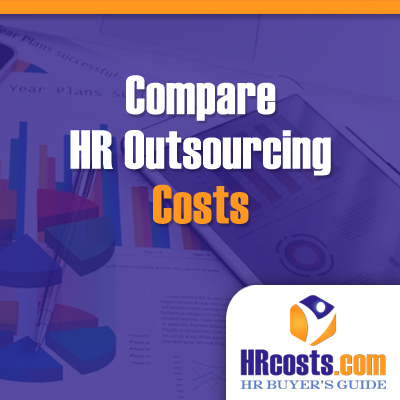
Performance Management
Effective performance management is crucial for employee development and organizational growth. HR software enables managers to set performance goals, conduct evaluations, and provide feedback. It also tracks employee progress and identifies areas for improvement, fostering a culture of continuous development.
Benefits Administration
Administering employee benefits, such as health insurance, retirement plans, and leave management, can be complex. HR software simplifies benefits administration by automating enrollment, tracking eligibility, and managing claims. This ensures that employees receive the benefits they are entitled to, while reducing administrative workload.
Time and Attendance Tracking
Accurate time and attendance tracking is essential for payroll and compliance purposes. HR software offers features like digital time clocks, attendance tracking, and leave management. Employees can clock in and out, request leave, and view their attendance records, while HR professionals can monitor attendance trends and address issues promptly.
Compliance and Reporting
HR software helps organizations stay compliant with labor laws, regulations, and industry standards. It generates reports on various HR metrics, such as employee turnover, diversity, and compensation. These reports provide valuable insights for decision-making and ensure compliance with legal requirements.
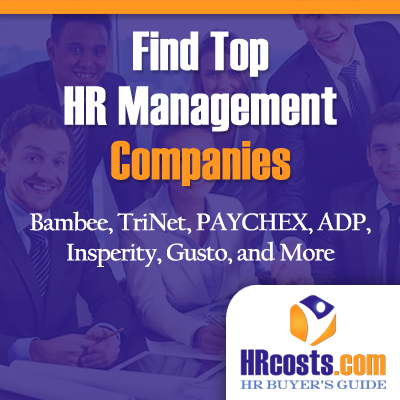
Benefits of HR Software
Implementing HR software can bring numerous benefits to an organization, including:
Improved Efficiency
By automating routine HR tasks, such as data entry, payroll processing, and benefits administration, HR software frees up time for HR professionals to focus on strategic initiatives. This improves overall efficiency and productivity within the HR department.
Enhanced Employee Experience
HR software provides employees with self-service portals where they can access their personal information, request leave, view pay slips, and update their details. This empowers employees and reduces the need for HR intervention in routine matters, enhancing the overall employee experience.
Better Decision-Making
HR software generates comprehensive reports and analytics on various HR metrics. These insights enable HR professionals and managers to make informed decisions regarding recruitment, performance management, compensation, and more. Data-driven decision-making leads to better outcomes for the organization.
Compliance and Risk Management
Staying compliant with labor laws and regulations is critical for avoiding legal issues and penalties. HR software ensures compliance by automating record-keeping, generating reports, and providing alerts for upcoming deadlines. This reduces the risk of non-compliance and helps organizations maintain a positive reputation.
Cost Savings
While there is an initial investment in implementing HR software, the long-term cost savings can be significant. Automation reduces the need for manual processes, minimizes errors, and improves overall efficiency. This leads to cost savings in terms of time, labor, and resources.
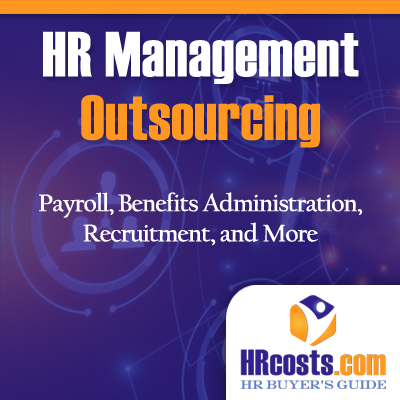
Common HR Software Companies
There are numerous HR software providers in the market, each offering unique features and capabilities. Here are some of the most common HR software companies:
1. ADP
ADP is a global leader in HR software solutions, offering a wide range of services, including payroll, benefits administration, talent management, and time and attendance tracking. ADP’s solutions cater to businesses of all sizes, from small startups to large enterprises.
2. Workday
Workday is a cloud-based HCM software that provides comprehensive HR, payroll, and financial management solutions. Workday is known for its user-friendly interface, robust analytics, and continuous innovation, making it a popular choice for large organizations.
3. BambooHR
BambooHR is an all-in-one HR software designed for small to medium-sized businesses. It offers features such as employee data management, recruitment, onboarding, performance management, and benefits administration. BambooHR is known for its simplicity and ease of use.
4. SAP SuccessFactors
SAP SuccessFactors is a leading HCM suite that offers a wide range of HR solutions, including core HR, talent management, payroll, and analytics. SAP SuccessFactors is known for its scalability and integration capabilities, making it suitable for large enterprises.
5. Zenefits
Zenefits is a cloud-based HR software that focuses on simplifying HR processes for small businesses. It offers features such as payroll, benefits administration, time and attendance tracking, and compliance management. Zenefits is known for its affordability and ease of use.
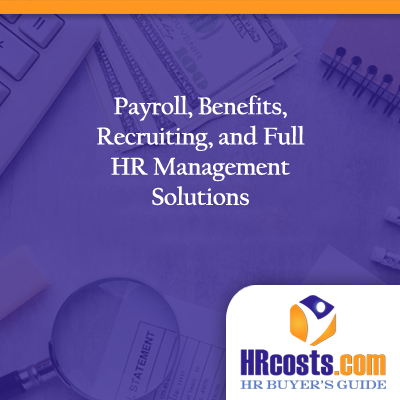
Key Features to Look for in HR Software
When selecting HR software for your business, it’s essential to consider the features that align with your organization’s needs and goals. Here are some key features to look for:
User-Friendly Interface
An intuitive and user-friendly interface is crucial for ensuring that HR professionals and employees can navigate the software easily. Look for software with a clean design, easy-to-use dashboards, and straightforward navigation.
Customization and Scalability
Your HR software should be customizable to meet the unique needs of your organization. It should also be scalable to accommodate your business’s growth and changing requirements. Ensure that the software can adapt to your evolving needs without requiring significant changes or upgrades.
Integration Capabilities
HR software should integrate seamlessly with other systems and tools used by your organization, such as payroll, accounting, and performance management systems. Integration capabilities streamline processes and ensure data consistency across platforms.
Employee Self-Service
Employee self-service portals empower employees to manage their information, request leave, view pay slips, and update their details. This feature reduces the administrative burden on HR professionals and enhances the employee experience.
Reporting and Analytics
Robust reporting and analytics capabilities are essential for data-driven decision-making. Look for software that provides customizable reports, real-time analytics, and insights into key HR metrics. This enables HR professionals to monitor trends, identify issues, and make informed decisions.
Mobile Access
In today’s mobile-centric world, having access to HR software on mobile devices is a significant advantage. Mobile access allows HR professionals and employees to manage HR tasks on the go, increasing flexibility and productivity.
Security and Compliance
HR software deals with sensitive employee information, so security is paramount. Ensure that the software has robust security measures, such as data encryption, access controls, and regular security audits. Additionally, the software should help your organization stay compliant with labor laws and regulations.
Customer Support
Reliable customer support is essential for addressing any issues or questions that may arise during the implementation and use of HR software. Look for software providers that offer comprehensive support, including training, documentation, and responsive customer service.
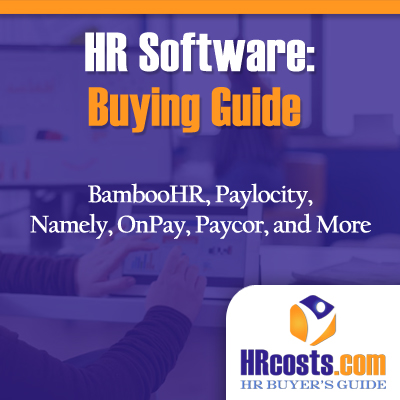
Implementing HR Software: Best Practices
Implementing HR software can be a complex process, but following best practices can ensure a smooth transition and successful adoption. Here are some tips for implementing HR software:
Assess Your Needs
Before selecting HR software, assess your organization’s needs and goals. Identify the specific HR processes that need improvement and the features required to address those needs. This will help you choose the right software that aligns with your objectives.
Involve Key Stakeholders
Involve key stakeholders, including HR professionals, managers, and IT staff, in the selection and implementation process. Their input and feedback are valuable in ensuring that the software meets the needs of the entire organization.
Plan and Communicate
Develop a detailed implementation plan that outlines the timeline, milestones, and responsibilities. Communicate the plan to all relevant stakeholders and keep them informed throughout the implementation process.
Provide Training
Ensure that HR professionals and employees receive comprehensive training on how to use the new software. Training sessions, user guides, and tutorials can help users become familiar with the software’s features and functionalities.
Monitor and Evaluate
After implementing the HR software, monitor its performance and gather feedback from users. Evaluate whether the software is meeting your organization’s needs and identify areas for improvement. Continuous monitoring and evaluation ensure that the software remains effective and relevant.
HR software is a powerful tool that can transform the way your organization manages its human resources. By automating routine tasks, enhancing employee experience, and providing valuable insights, HR software enables HR professionals to focus on strategic initiatives that drive business success. When selecting HR software, consider the key features that align with your organization’s needs and involve key stakeholders in the decision-making process.
